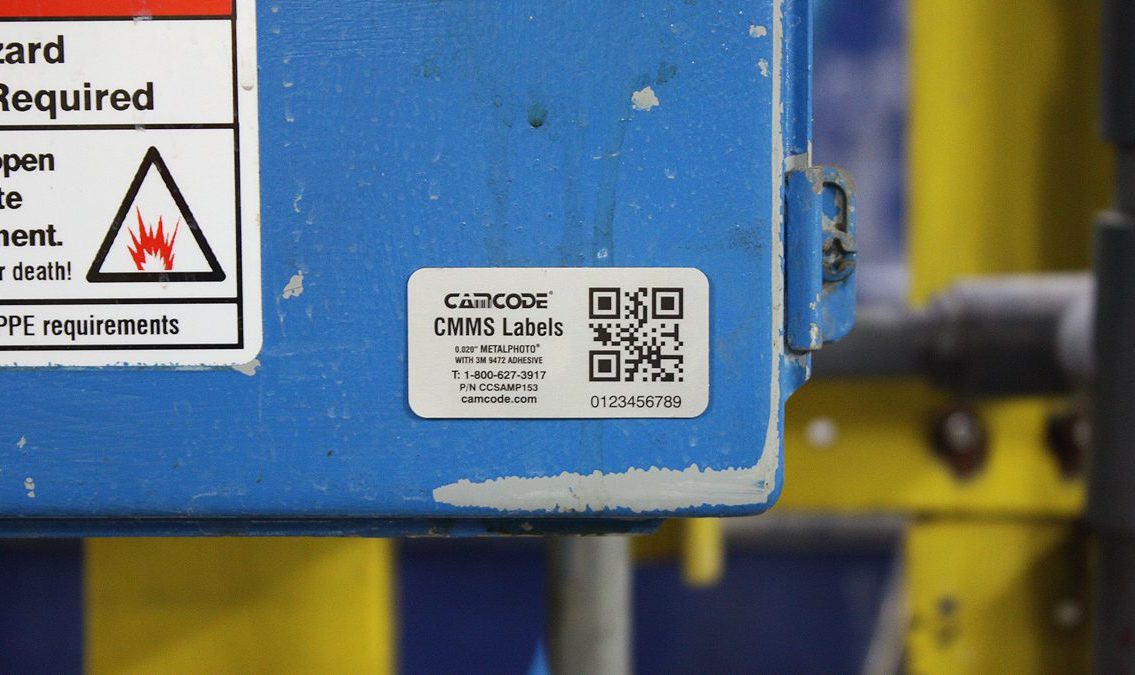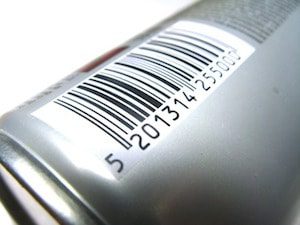Equipment Tracking Best Practices: Asset Tags and Software, Maintenance Scheduling, and More


Organizations that seek efficient operations and healthy bottom lines need to track their equipment. Tracking assets also increases productivity and ensures you stay on top of repair and maintenance schedules and that you know where your assets are located and who is using them. The catch, however, is that your organization has to have equipment tracking best practices in place to reap the benefits. Otherwise, you’ll spend far too much time tracking assets.
Tracking equipment helps organizations achieve efficiency and boost the bottom line by making the best use of existing resources. To help you track equipment effectively, we offer the following tips and best practices for your organization:
Read on to learn more about equipment tracking best practices that will boost your organization’s efficiency and productivity.
When you use an asset tracking solution, you combine the power of barcodes, scanners, and asset tracking software and tools to streamline your equipment tracking efforts. The top solutions and tools have useful features like automated check-out and check-in, equipment  tracking by site, serial number, and location, notifications when equipment is overdue, maintenance tracking, and records management.
tracking by site, serial number, and location, notifications when equipment is overdue, maintenance tracking, and records management.
Several types of solutions can make efficient equipment tracking a reality for your organization. One feature of equipment tracking systems that organizations with both small and large pieces of equipment find most useful is GPS tracking. With GPS tracking, you can monitor your equipment’s location at any time, from anywhere, using a computer or a mobile device with an internet connection. GPS trackers typically also send alerts when your equipment is removed from your property without the proper authorization. Another benefit of choosing an asset tracking solution with GPS tracking is that it will store data for several days to deliver information to managers whenever they need it.
Durable asset tags are another ideal solution for tracking equipment. Nearly any type of equipment can be tagged. Ideally, you should choose a permanent equipment label or tag, which is made from various types of material to enable them to withstand the environment in which your equipment is used. Asset tags typically contain a barcode that allows each piece of equipment to be assigned a unique identification number to help you easily pinpoint its location, access maintenance schedules, determine the equipment’s status, and more just by scanning the barcode label. Using asset tags also reduces the risk of losing equipment through human error or theft.
You also should use asset tags in conjunction with an asset tracking solution. When you implement a tagging system, you will become aware of all the equipment you own and increase equipment visibility to lower overheads and save employees time and your organization money. Best of all, the barcode labels on asset tags nearly eliminate human error; employees use scanners rather than entering equipment information manually into the asset tracking system.
It’s important to keep in mind that you should avoid using the equipment’s serial number when creating an asset tag or barcode label. Serial numbers may be duplicated, and users will become confused when it becomes impossible to tell two assets apart in an asset tracking system. The solution is to use a unique identification number for each piece of equipment so that you don’t have any identical numbers. You’ll maintain your data integrity and have complete, accurate equipment information in real time when you opt to use unique identification number for your equipment.
The odds of keeping your equipment running in peak condition and extending the lifecycle of your equipment are not high if you don’t stay up to date with equipment maintenance and repairs. When you track equipment, you need to also track its condition, preventive maintenance plan, and warranty information. Being proactive about maintenance and service staves off ![]() equipment breakdowns and ensures you have necessary parts in stock. Forecasting the lifespan of equipment and parts through equipment tracking reduces downtime and delays and creates an uninterrupted workflow that your staff (and your bottom line) will appreciate.
equipment breakdowns and ensures you have necessary parts in stock. Forecasting the lifespan of equipment and parts through equipment tracking reduces downtime and delays and creates an uninterrupted workflow that your staff (and your bottom line) will appreciate.
When searching for an equipment tracking solution, make sure you choose one that is customizable and enables you to schedule maintenance and service and store warranties and service information. Top asset tracking solutions also allow you to create and manage work orders against equipment maintenance and provide a lifecycle view of your equipment. A solution that assists you in keeping current with maintenance, service, and repairs is an investment you that will pay for itself in a short time.
When companies want to streamline their operations and hold a tight bottom line, equipment and asset tracking is a must. You may not even realize just how much equipment you have, where it is stored, how often it is used, or what condition it is in until you implement an asset tracking solution with asset tags. Doing so not only helps you gain more visibility into your assets and equipment but also makes auditing and reporting processes simpler and quicker.
By utilizing best practices in equipment tracking, such as using an asset tracking solution, utilizing asset tags, using a unique identification number for each piece of equipment, and staying up to date with maintenance and service, you will enjoy improved efficiency and productivity. The other benefits of using best practices in equipment tracking are numerous and include keeping control of warranty dates, purchasing the correct level of insurance, ensuring you know which users have which pieces of equipment, proactively monitoring overdue loans, ensuring employees and contractors return equipment, and keeping inventory to a minimum.
Images via Pixabay by PDPhotos and pixel2013
Our sales engineers are experts in automatic asset tracking, tagging and identification,a nd can answer all your questions. Get in touch now.
Lets Talk ›